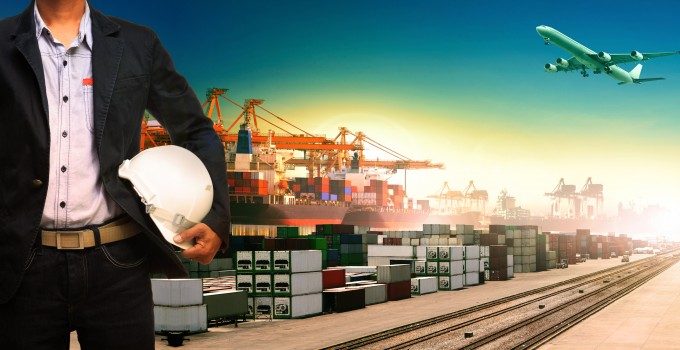Visibility and agility will become more important to supply chains than speed
Better visibility and more responsive supply chains are the only way for shippers and their ...
WTC: RIDE THE WAVEFDX: TOP EXEC OUTPEP: TOP PERFORMER KO: STEADY YIELD AND KEY APPOINTMENTAAPL: SUPPLIER IPOCHRW: SLIGHTLY DOWNBEAT BUT UPSIDE REMAINSDHL: TOP PRIORITIESDHL: SPECULATIVE OCEAN TRADEDHL: CFO REMARKSPLD: BEATING ESTIMATESPLD: TRADING UPDATEBA: TRUMP TRADE
WTC: RIDE THE WAVEFDX: TOP EXEC OUTPEP: TOP PERFORMER KO: STEADY YIELD AND KEY APPOINTMENTAAPL: SUPPLIER IPOCHRW: SLIGHTLY DOWNBEAT BUT UPSIDE REMAINSDHL: TOP PRIORITIESDHL: SPECULATIVE OCEAN TRADEDHL: CFO REMARKSPLD: BEATING ESTIMATESPLD: TRADING UPDATEBA: TRUMP TRADE

The headline certainly catches the eye – how can slow-steaming harm a container? Well, it’s all about the lashing forces. Boxes may be correctly tied when a ship leaves port, but when the “optimal trim” – whereby ships can cut their fuel usage – is implemented, often at the insistence of the the owner or charterer, the dynamic forces could change and exceed maximum permissible levels. During good weather this is unlikely to happen, notes consultancy BMT, but different motions could result in damaged cargo.


Comment on this article